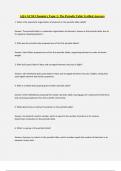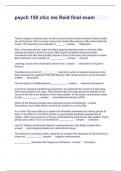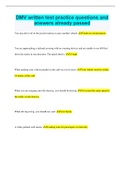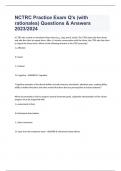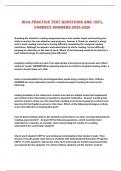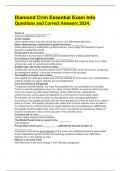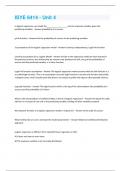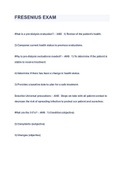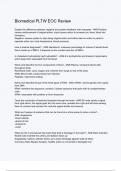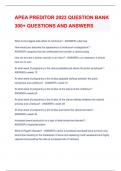Exam (elaborations)
AQA GCSE Chemistry Topic 2- The Periodic Table Verified Answers
AQA GCSE Chemistry Topic 2- The Periodic Table Verified Answers 1. What is the systematic organization of elements in the periodic table called? Answer: The periodic table is a systematic organization of elements, known as the periodic table, due to its regularly repeating patterns. 2. Who ...
[Show more]
